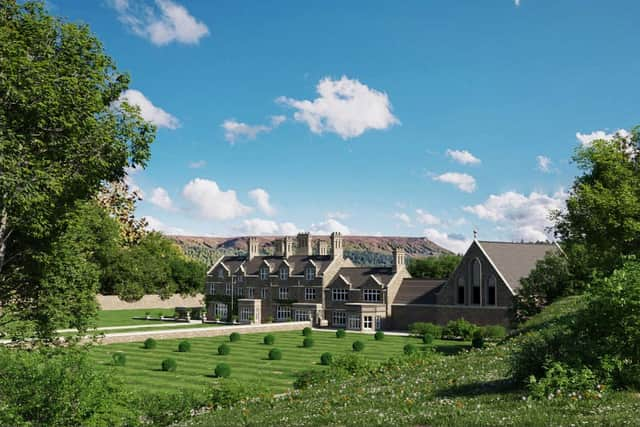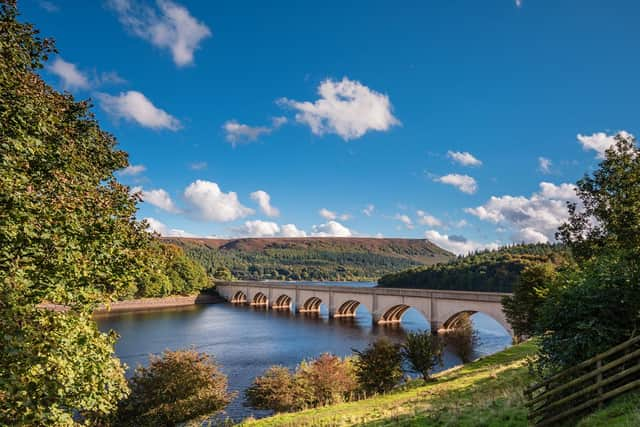New technology reveals what long-lost Derwent Hall would look like that was demolished to make way for Ladybower Reservoir
and live on Freeview channel 276
A new project from householdquotes.com and neoman.com have found a way to bring the hall back to life with 3D renders.
Derwent Hall was built It was built in 1672 for Henry Balguy of The Hagg. It was built as a two-story, gabled house. It was turned into a farmhouse for many years before becoming a youth hostel, opened by the Prince of Wales in 1931.
Advertisement
Hide AdAdvertisement
Hide AdA spokesperson for householdquotes said: “England has lost around 2,000 country houses in the past 200 years. Those that remain are a testament to another age and a uniquely British architectural statement. Many are still somebody’s home – and many are at risk of going the way of 2,000 other doomed stately homes.


"We wanted to pay tribute to these essential landmarks of English architectural history. We worked with architect and digital designer Juan Carlos Saldivar to reconstruct seven legendary country homes as 3D renders, positioned as they would appear in today’s environment.
"You may notice that Derwent Hall looks considerably wetter in the ‘after’ image. That’s because authorities intentionally ‘drowned’ the entire village of Derwent in 1945 to create the Ladybower reservoir. The hall and other buildings were demolished ahead of the process in 1945.”
The village of Ashopton, Derwent Woodlands church and Derwent Hall were also 'drowned' in the construction of the reservoir.
Advertisement
Hide AdAdvertisement
Hide AdAll buildings in the village had been demolished by autumn 1943, and the water in the reservoir began to rise in 1944.


Derwent's packhorse bridge spanning the River Derwent near the main gates of Derwent Hall was removed stone by stone to be rebuilt elsewhere as it was designated a monument of national importance.
The church held its last service on 17 March 1943. The bell from the church may still be heard since it was re-hung in St Philip's Church in Chaddesden, built in 1955. Bodies from the graveyard had been exhumed in 1940 and were reburied in the village of Bamford. The church spire was left intact to form a memorial to Derwent. However, it was dynamited on 15 December 1947, on the rationale of safety concerns.